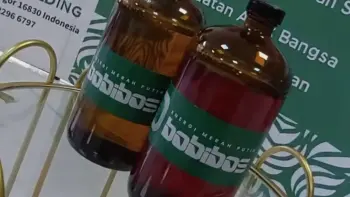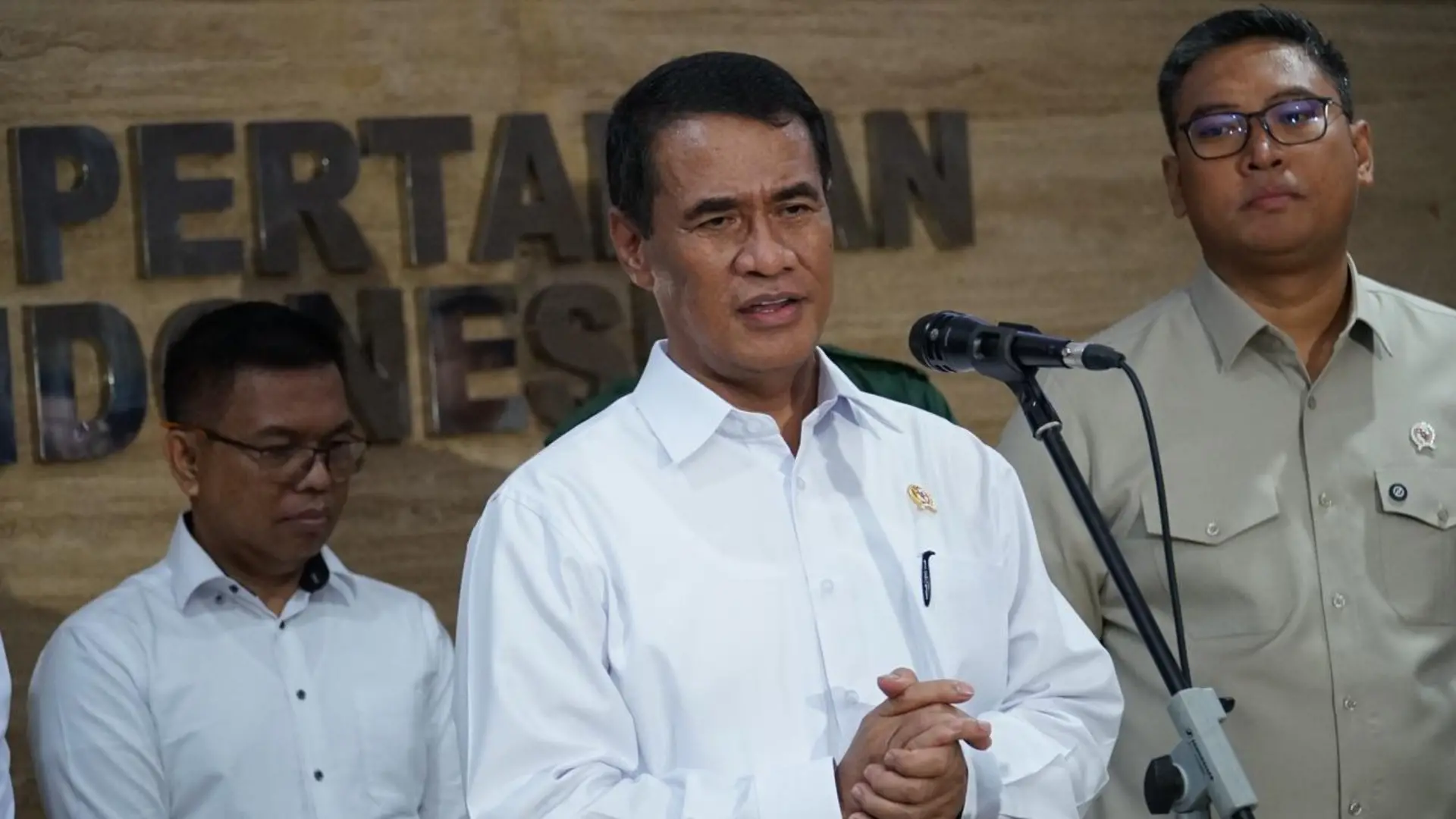
News Update
Viral Bobibos Fuel Hasn't Received ESDM Approval Yet - What's Going On?
/index.php
Bisnis | Ekonomi - Posted on 09 November 2025 Reading time 5 minutes

The Indonesian government has allocated an investment of Rp371 trillion to accelerate downstream development in the agriculture, plantation, horticulture, and livestock sectors.
This initiative aims to generate approximately 3 million new jobs within the next three to four years.
Minister of Agriculture Andi Amran Sulaiman stated that the investment plan was the result of a final coordination meeting across ministries and government agencies, attended by Minister of Investment and Downstreaming as well as CEO of BPI Danantara, Rosan Roeslani.
“The total planned investment is estimated at around Rp329 trillion, bringing the overall amount to Rp371 trillion, which covers the agriculture, food, livestock, horticulture, and plantation sectors,” Amran said during a press conference at the Ministry of Agriculture, South Jakarta, on Friday (November 7).
He further elaborated that the downstream projects will focus on key national commodities such as coconut, cocoa, cashew nuts, palm oil, and the development of integrated broiler chicken and egg farming.
The government has also allocated a special budget of Rp20 trillion to ensure the national supply of chicken and eggs, preventing future shortages—particularly to support the Free Nutritious Meals (MBG) program.
Amran emphasized that downstream processing can significantly increase export value, particularly for coconut products, which currently serve as one of Indonesia’s leading export commodities.
According to him, the export value of coconuts could rise dozens of times higher once the downstream industries are fully operational. As an example, he mentioned that the price of coconuts in North Maluku had risen from Rp600 per nut to Rp3,500 per nut after the implementation of the downstreaming program.
In addition, the government also aims to achieve self-sufficiency in white sugar by next year, and self-sufficiency in crystal sugar within the next three to four years.
“We want to restore the glory of Indonesia’s sugar industry to its former peak during the Dutch colonial era in the 1930s, when Indonesia was the second-largest sugar producer and exporter in the world,” Amran concluded.
Source: cnnindonesia.com
What do you think about this topic? Tell us what you think. Don't forget to follow Digivestasi's Instagram, TikTok, Youtube accounts to keep you updated with the latest information about economics, finance, digital technology and digital asset investment.
DISCLAIMER
All information contained on our website is summarized from reliable sources and published in good faith and for the purpose of providing general information only. Any action taken by readers on information from this site is their own responsibility.